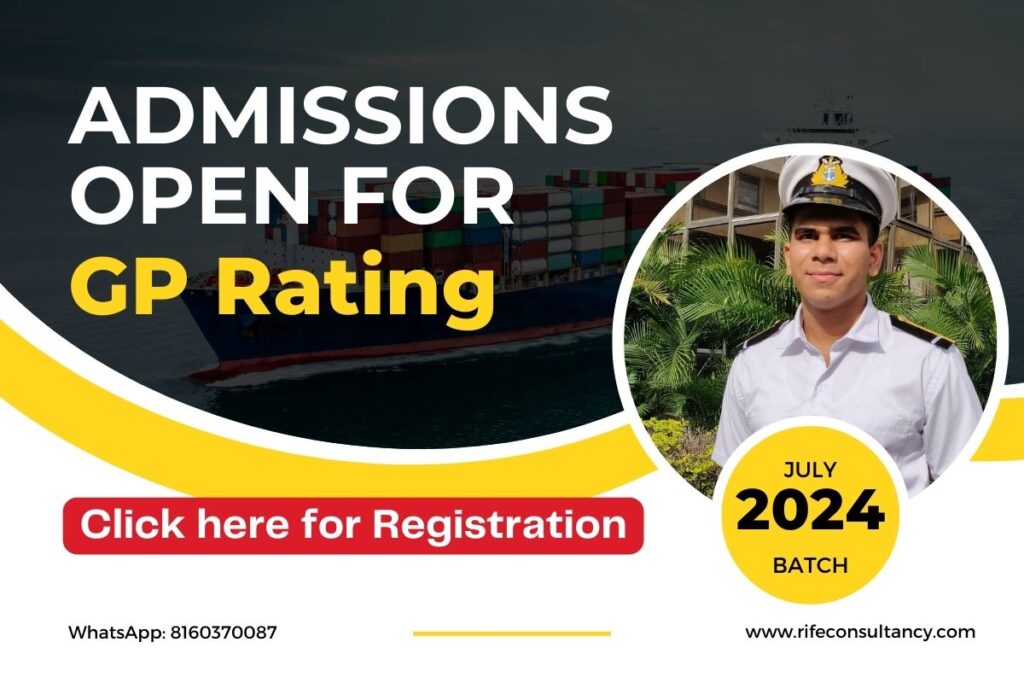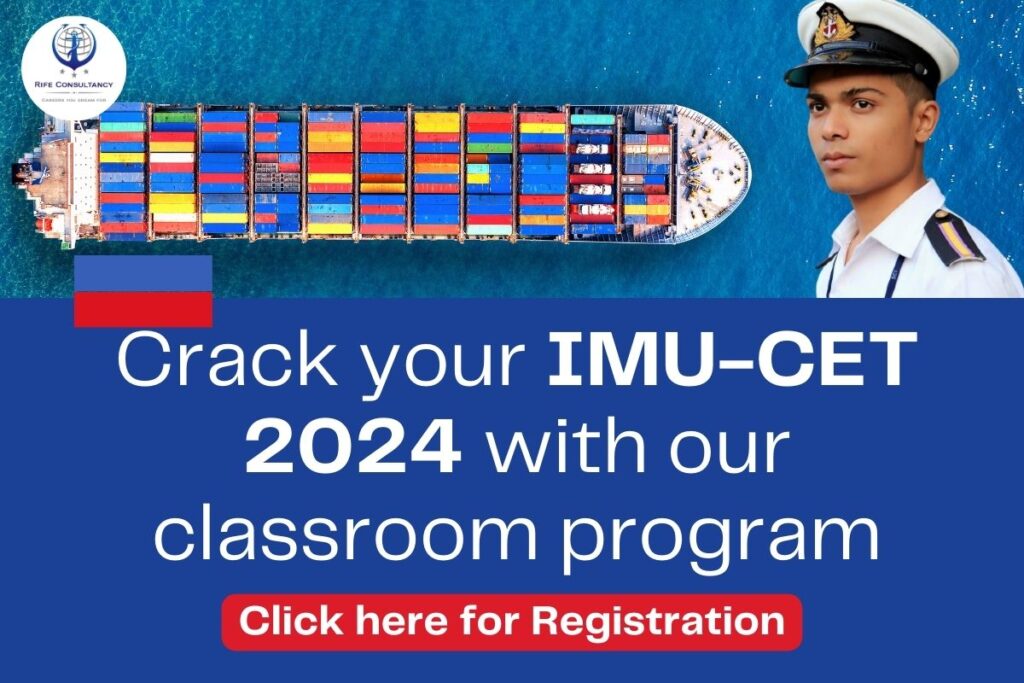
How to apply for Certificate of Competency (COC): A complete guide
The Certificate of Competency (COC) is issued by the Directorate General of Shipping, India. This certificate is mandatory for performing the responsibilities of Officer Incharge of Navigational Watch onboard a ship.
Eligibility: All Candidates who have taken and passed the Examinations holding form EXN45.
Table of Contents
Documents required for applying for COC
- Signed copy of scanned online application
- Passport size photograph with clear white background
- Scanned signature
- Medical Fitness Certificate
- All STCW Certificates
- All advance course certificates
- Company Sea Service Letter
- Sea Service Testimonials
- Indos Certificate
- Screenshot of the Exam Result
- Medical fitness certificate remaining pages
- CDC 1st Page, Sea Service and Last Page
- Passport first and last page
How to apply for COC
The application for the Certificate of Competency is entirely online, and the protocol should be properly followed to ensure smooth processing for the validation of the Certificate by the MMD and DGS.
The application is first received by MMD, the documents are checked, and then forwarded to DG shipping. Certificate of Competency will be sent exclusively via mail, therefore the applicant should not go to the MMD to pick it up.
Follow the below steps to apply for COC:
- Login to the E-pariksha portal of DG shipping.
- Click on the Certification Tab and then click on ‘COC application form’.
- Most of the details will be automatically fetched. If any field is left, fill in the details.
- Go to page 2 and click on ‘Upload documents for COC’.
- Now you’ll find only two rows/columns to upload Signature and Medical Fitness Certificate. Below that, you’ll get an option to add a row to upload other documents.
- After uploading all the documents, click on ‘Fee details’ and make the payment. It will cost INR 3000.
- Click on ‘Submit’.
After verification of your documents, you will get an email from MMD if your application is put on hold. And if it has been put on hold, they will mention the corrections needed to be done within a particular time period. You can correct it and submit the application again.
You will not receive any email if your application is not put on hold. You will have to log in to the e-portal and keep checking about the application status.
How to check the status of your COC
1. On Hold
If your COC is on hold, you will get an email regarding the changes you need to make and re-submit the application.
2. Under review
If all your documents are correctly uploaded, the local authorities will go through the application and the status on the e-portal will convert to ‘Reviewed at your center.’
3. Recommended for approval
The application will next be forwarded to Mumbai MMD, where your documents will be verified again. If they approve it, the status on the e-portal will convert to ‘Your COC is recommended for approval’.
4. Approved
Next, the application will be sent over to DG shipping, where the head surveyor checks the documents. Then, the status will convert to ‘Your COC is approved’.
After 2 days of approval, your COC will be dispatched and you will receive an email consisting of the tracking ID.
Courses for eligibility for assessment
1. COP in Advanced Fire-fighting (AFF)
This course aims to provide training in advanced fire fighting and emphasizes on organization, tactics, and command. A trainee will be competent for leadership, arrange and train fire parties, and control fire-fighting procedures after attaining the minimal level of performance in advanced fire fighting.
The program is available to all sailors who have passed basic fire prevention training. Candidates must obtain a certificate from a doctor stating that they are in good health.
2. COP in survival craft and rescue boat other than fast rescue boat (PSCRB)
This course is designed to prepare students to launch and command a survival craft or rescue boat in an emergency. This course provides the skills required to take charge of a survival craft or rescue boat, operate a survival craft engine, manage survivors, use locating devices including communications, signaling apparatus, and pyrotechnics, and apply first aid to survivors.
Trainees must be at least 16 years old and have obtained authorized or certified training in Personal Survival Techniques or equivalent before beginning training. Candidates who have not completed six months of sea duty may enroll in training, however, the certificate will not be granted until documentation of completion of six months of sea service is submitted.
3. Certification in Medical first-aid
Medical Care teaches you how to respond appropriately to accidents and diseases when no outside medical help is available. This training is designed for personnel who are in charge of medical treatment onboard a ship.
The course focuses on providing general introduction to shipping healthcare, handling diseases and wound treatment onboard, basic life support training, handling medical equipment, administering injections and IV, stitching up a wound, etc. The training includes some physically challenging activities. Any applicant who is unsure about their physical health for such activities should consult with their doctor.
4. Engine room simulator course at operational level
This curriculum is designed to teach and enhance the watchkeeping skills of Marine Engineers who want to excel in their career at the operation level. On completion of this course, candidates will become acquainted with the equipment and parameters used in modern merchant ships’ engine rooms.
They will develop a better understanding of correct watch-keeping procedures and will be able to assess changes in numerous parameters and take appropriate action to restore equilibrium.
5. High voltage safety and switch gear course (operational level) [Optional course]
The course aims to meet STCW 2010 criteria and achieve a better level of competency in safety knowledge and technical expertise in order to enhance knowledge levels on different standards relating to safe working practices on high voltage systems.
It trains candidates to work on various specialized components and equipment used in high voltage installations in order to safely and effectively run, maintain, and troubleshoot high voltage installations. Understanding and reducing the risk of an accident on high voltage systems requires an understanding of the system’s structure and distribution systems, which is provided in this course.
To sum up,
We believe that the above information answered all your queries related to the process of applying for COC. If you also wish to know how to apply for COP (Certificate of Proficiency) and Watchkeeping, have a look at this guide.
Click here to join our Telegram chanel
You will get information, news, and support related to Merchant Navy.


